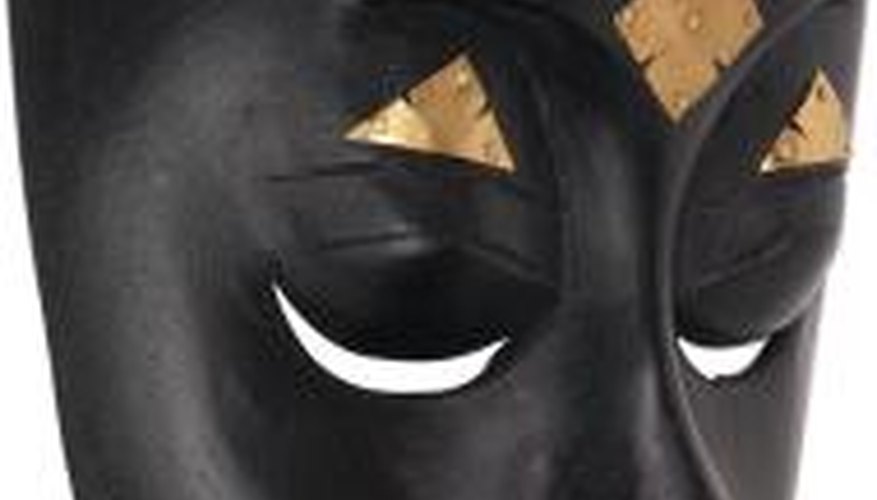Ebony is a tropical hardwood, famous for its lustrous appearance and the high price it commands in the marketplace. There are many types of ebony that can be found worldwide, only one of which, the persimmon tree, is native to the U.S. Most of the highly prized varieties ebony are from Africa and Asia.
Characteristics
Ebony is a very heavy wood; it weighs around 30.8kg. per cubic feet. It is prized for its strength and has a fine to medium, even texture. Its colour is characterised by black and brown stripes, with light yellow or beige banding. Its grain is generally straight, but it can have wavy or interlocking grains. Ebony is known to be extremely durable against rot, but it can exhibit deterioration from insect attack. Ebony is slow to season, and its cultivators often girdle the tree to aid the drying process; however, it can split if dried too quickly.
- Ebony is a very heavy wood; it weighs around 30.8kg.
- Ebony is known to be extremely durable against rot, but it can exhibit deterioration from insect attack.
Strengths and Weaknesses
Ebony is a highly prized carving wood because of its distinctive grain pattern. Its hardness and heaviness makes furniture and statues carved from ebony solid and durable. In addition, ebony is very stable once dry. The disadvantages of ebony for carving is that it's slow to season, its dust can be irritating, and it tends to split if it becomes too dry.
- Ebony is a highly prized carving wood because of its distinctive grain pattern.
- The disadvantages of ebony for carving is that it's slow to season, its dust can be irritating, and it tends to split if it becomes too dry.
Carving in the Workshop
Ebony is a rare and expensive wood and, as such, is best carved by a skilled craftsman. Its hardness means that it can be tough to carve, but it doesn't dull carving blades excessively. When milling, there is a risk that surfacing can cause tearing, and it can be necessary to reduce the angle at which the edge of blade meets the wood. When assembling ebony furniture, the wood will need to be predrilled before fitting nails and screws. Sanding is best done using power tools, and finishing the wood takes little effort and gives it smoothness and exceptional lustre.
- Ebony is a rare and expensive wood and, as such, is best carved by a skilled craftsman.
- When milling, there is a risk that surfacing can cause tearing, and it can be necessary to reduce the angle at which the edge of blade meets the wood.
Variation, Sustainability and Uses
When ebony is cut for veneer, it makes little difference whether a plain saw or quarter saw is used. Due to ebony's rarity, it is harvested only by quota. It is primary used for luxury cabinet making, interiors, decorative features, ornamental turning, inlays, knife handles and keys used in musical instruments.
